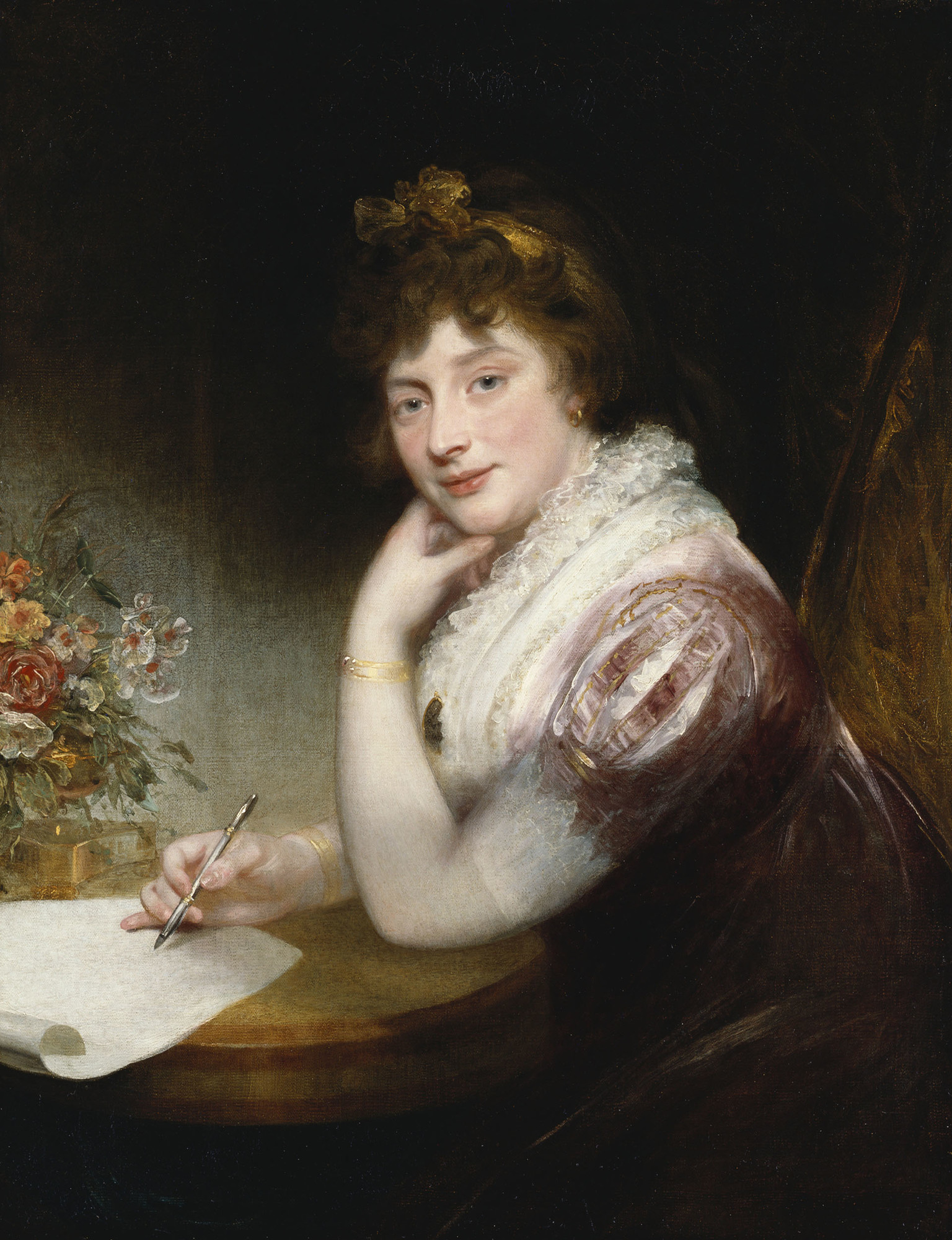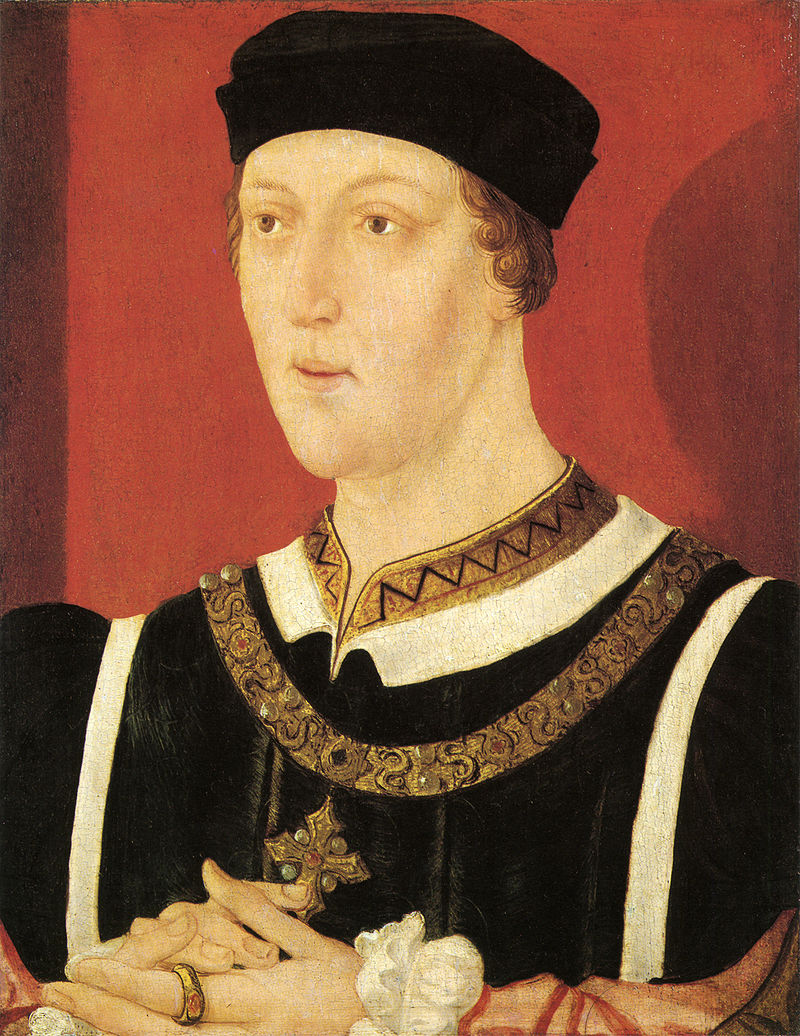© Unofficial Royalty 2024

Willem II, Prince of Orange; Credit – Wikipedia
May 27, 1541- Execution of Margaret Pole, 8th Countess of Salisbury, daughter of George, Duke of Clarence, at the Tower of London; buried at St. Peter ad Vincula, Tower of London
Margaret was the niece of King Edward IV of England and one of the few survivors of the Plantagenets after the Wars of the Roses. She was executed during the reign of King Henry VIII. Beatified by the Roman Catholic Church in 1886, she is known as Blessed Margaret Pole.
Unofficial Royalty: Margaret Pole, 8th Countess of Salisbury
May 27, 1626 – Birth of Willem II, Prince of Orange in The Hague, Dutch Republic, now in the Netherlands
Willem married Mary, Princess Royal, the daughter of King Charles I of England. In 1650, Mary was pregnant with her first child when her husband Willem II fell ill with smallpox. He died on November 6, 1650, at the age of 24. Eight days later, Mary gave birth to her only child Willem III, Prince of Orange who went on to marry his first cousin Mary, the eldest surviving child of the future King James II of England. Following the Glorious Revolution of 1688 in which James II was deposed, they jointly reigned as King William III and Queen Mary II.
Unofficial Royalty: Willem II, Prince of Orange
May 27, 1652 – Birth of Elizabeth Charlotte (Liselotte) of the Palatinate, Duchess of Orléans, second wife of Philippe, Duke of Orléans, at Heidelberg Castle in Heidelberg, then in the Electorate of the Palatinate, now in Baden-Württemberg, Germany
In 1671, Liselotte became the second wife of Philippe, Duke of Orléans, brother of King Louis XIV of France, and the couple had three children. Liselotte was well-connected genetically. Her paternal grandmother was Elizabeth Stuart, the daughter of King James I of England and the granddaughter of Mary, Queen of Scots. Liselotte’s paternal aunt Sophia of the Palatinate, Electress of Hanover was the heiress presumptive to Queen Anne of Great Britain in accordance with the Act of Settlement 1701 but Sophia died two months before Queen Anne died. Upon Queen Anne’s death, Liselotte’s first cousin succeeded to the British throne as King George I of Great Britain.
Unofficial Royalty: Elizabeth Charlotte of the Palatinate, Duchess of Orléans
May 27, 1690 – Birth of Josef Johann Adam, Prince of Liechtenstein in Vienna, Austria
Josef Johann Adam became the reigning Prince of Liechtenstein upon the death of his father Anton Florian, Prince of Liechtenstein on October 11, 1721. He married four times and had a total of eight children but only two children, including his successor Johann Nepomuk Karl, Prince of Liechtenstein, survived childhood. Josef Johann Adam died, aged 42, on December 17, 1732.
Unofficial Royalty: Josef Johann Adam, Prince of Liechtenstein
May 27, 1707 – Death of Françoise-Athénaïs de Rochechouart de Mortemart, Marquise de Montespan, better known as Madame de Montespan, mistress of King Louis XIV of France, in Bourbon-l’Archambault, France; buried in the Chapel of the Cordeliers convent in Poitiers, France
A prominent figure in the French court, Madame de Montespan soon set out to become the primary mistress of King Louis XIV, and replace mistress, Louise de La Vallière. Before long, she developed an intimate relationship with the King, and pushed Louise out of his life. By 1669, she had become his primary mistress and they would have seven children together. By 1691, Madame de Montespan was no longer in favor with King Louis XIV and left the French court for a convent in Paris. Louis XIV gave her a generous pension and she spent the remainder of her life supporting numerous hospitals and charities. On May 27, 1707, Madame de Montespan died at Bourbon-l’Archambault, France and was buried in the chapel of the Cordeliers convent in Poitiers, France.
Unofficial Royalty: Françoise-Athénaïs de Rochechouart de Mortemart, Marquise de Montespan
May 27, 1723 – Death of Charles Lennox, 1st Duke of Richmond and 1st Duke of Lennox, 1er Duc d’ Aubigny, the illegitimate son of King Charles II of England and Louise de Kérouaille, Duchess of Portsmouth, in Sussex, England; buried in Westminster Abbey
Wikipedia: Charles Lennox, 1st Duke of Richmond and Lennox (Unofficial Royalty article coming soon.)
May 27, 1756 – Birth of King Maximilian I Joseph of Bavaria in Schwetzingen, Electorate of the Palatine, now in Baden-Württemberg, Germany
Full name: Maximilian Maria Michael Johann Baptist Franz de Paula Joseph Kaspar Ignatius Nepomuk
Maximilian IV Joseph, Prince-Elector of Bavaria allied his electorate with Napoleon and adopted many of the French beliefs of the Enlightenment. It was this loyal service to Napoleon through which Maximilian’s electorate was created the Kingdom of Bavaria with Maximilian as its king. He officially became the Maximilian I Joseph, the first King of Bavaria on January 1, 1806.
Unofficial Royalty: King Maximilian I Joseph of Bavaria
May 27, 1770 – Death of Sophia Magdalene of Brandenburg-Kulmbach, Queen of Denmark and Norway, wife of King Christian VI of Denmark and Norway, at Christiansborg Palace in Copenhagen, Denmark; buried in Roskilde Cathedral in Roskilde, Denmark
Sophia Magdalene survived her husband by twenty-four years. She lived for the entire reign of her son King Frederik V and was alive for the first four years of the reign of her grandson King Christian VII. Her summers were spent at Hirschholm Palace and the winters at Christiansborg Palace. At her request, Sophia Magdalene was buried in a simple ceremony in Frederik V’s Chapel at Roskilde Cathedral in Roskilde, Denmark.
Unofficial Royalty: Sophia Magdalene of Brandenburg-Kulmbach, Queen of Denmark and Norway
May 27, 1819 – Birth of King George V of Hanover, born Prince George of Cumberland, son of King George III’s fifth son Ernest Augustus, Duke of Cumberland (later King Ernst August of Hanover) in Berlin, Kingdom of Prussia, now in Brandenburg, Germany
Full name: George Frederick Alexander Charles Ernest Augustus
George was born three days after the eventual heir, Alexandrina Victoria (Queen Victoria), who was ahead of her first cousin in the succession by being the child of King George III’s fourth son. After Queen Victoria acceded to the throne in 1837, Prince George remained second in the line of succession after his father until Queen Victoria’s first child was born. Today his descendant Prince Ernst August of Hanover is the senior male-line descendant of King George III and the Head of the House of Hanover.
Unofficial Royalty: King George V of Hanover
May 27, 1848 – Death of Princess Sophia of the United Kingdom, daughter of King George III of the United Kingdom, at Vicarage Place in Kensington, London, England; buried at Kensal Green Cemetery in London, England
Known for giving birth to an illegitimate son, Sophia was one of the daughters of King George III who never married. When her niece Victoria became Queen, Sophia wrote to Victoria, “My dear Victoria, The awful day is arrived which calls you to fill the most exalted and important station in our country.” Sophia remained close to her niece for the remainder of her life. Two days after her death, Sophia’s banker brought a letter to Queen Victoria in which Sophia stated she wished to be buried in Kensal Green Cemetery in Kensal Green, London close to where her brother Prince Augustus, Duke of Sussex had been buried, and that she wished her funeral to be as private as possible. Her funeral was private and she was temporarily laid to rest in the cemetery’s vault while a tomb was built. A year later, Sophia’s remains were transferred to the tomb.
Unofficial Royalty: Princess Sophia of the United Kingdom
This article is the intellectual property of Unofficial Royalty and is NOT TO BE COPIED, EDITED, OR POSTED IN ANY FORM ON ANOTHER WEBSITE under any circumstances. It is permissible to use a link that directs to Unofficial Royalty.










